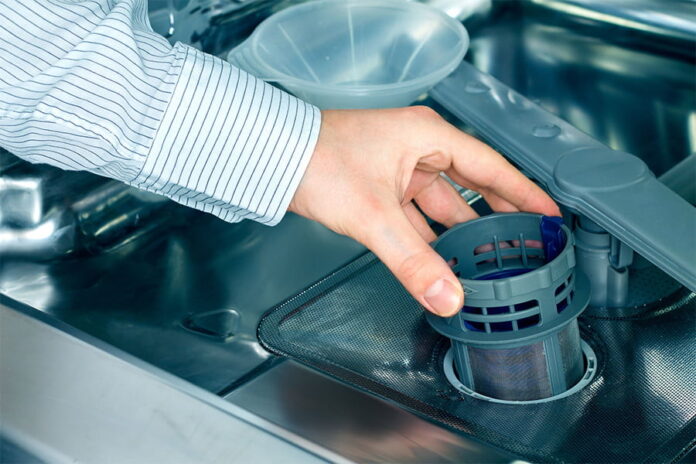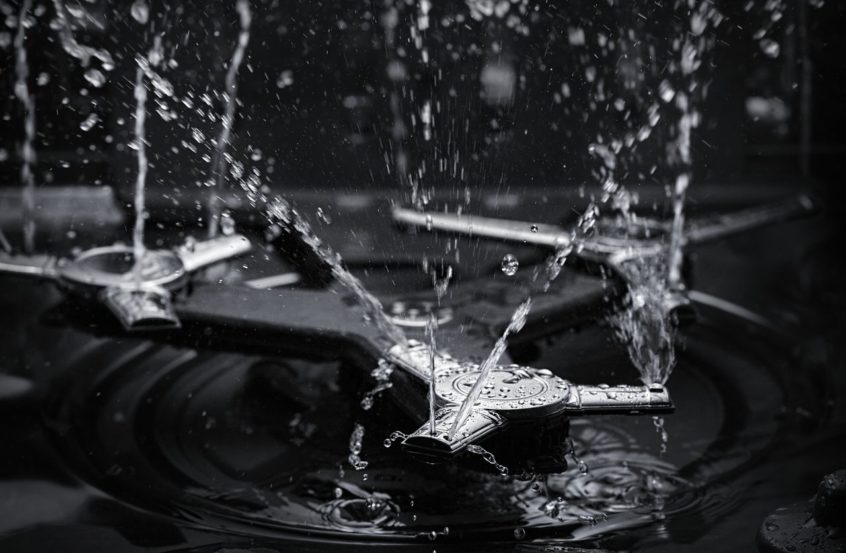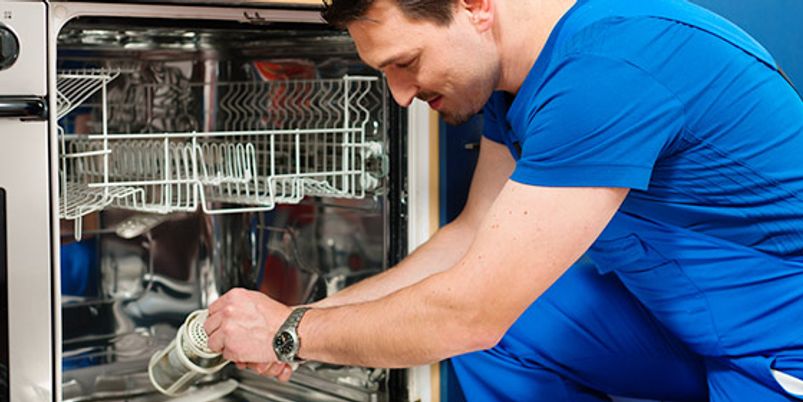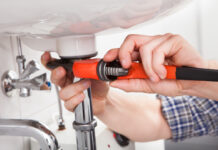A dishwasher is a crucial appliance for your kitchen if you love to cook. How else will you clean the pile of utensils and plates? This one machine can ensure that you always have a clean pot and a squeaky, shiny coffee mug. But what happens when your dishwasher stops working or is malfunctioning. It sounds like a catastrophe, right! Read on to know how you can troubleshoot and fix your dishwasher if it does not drain properly.
What to do When your Dishwasher Does Not Drain Properly
A small pool of water in your dishwasher, after a cycle, is regular. But if you notice an excessive amount of water and if the amount is increasing by the day, the chances are that your pump is not working correctly or it has a clogged drain hose. There is also a chance that your house drains are clogged. Let’s see how you can fix all of these issues and ensure that your dishwasher drains entirely and does not release dirty water from the air gap.
1. Cleaning the Drain Pipe
Remove the cover of the air gap. You will find it at the back of the sink. Use a stiff wire to clean it thoroughly. While using the wire, check the complete drain hose for any blockages. Do not forget to check the drain connection to the drain line or disposer. The connection point is often the culprit where the water pressure is not enough, and sometimes the exit has a turn that slows down the movement of small debris. To clean this, you can also use a powder or chemical used to clear the drain pipes.
2. Cleaning the Strainer
Next, you must clean the filter. This part is supposed to strain out the food particles before the water goes into the pipe. To begin, switch off the dishwasher and let it cool. Now remove the filter, which is usually located under the bottom spray arm at the cabinet’s base. Unscrew the filter properly to ensure that you do not break it in the process. Once out, scrub it with a fine brush and then put it back. This step should settle the water drainage issue.
3. Cleaning the House Drain
If your sink frequently backs up, you will need to check your house drain. A clog in the primary drainage system can result in a reverse pressure, which might be causing trouble with proper drainage of the dishwasher. You can use unclogging chemicals to clear all the drains of your house. If you are looking for DIY Frigidaire Dishwasher Repair Manual.
4. Checking the Drain Valve
If your dishwasher does not start draining the water properly after all the above listed three steps, you might need to check and replace the dishwasher’s drain valve. Check if it opens and closes properly. Also, ensure that it is not broken. If you suspect it may be faulty, you can replace it by ordering a new one with the dishwasher manufacturer.
5. Replacement of Dishwasher Drain Hose
The dishwasher drain hose may need replacement after a few years. A drain hose is made up of plastic and may break over the years or accumulate debris that may slow down the water flow. You can replace it entirely or clear it with chemicals and a strong water jet.
Fixing a dishwasher is mostly about cleaning its crucial spare parts. On some occasions, you may have to work with wires and electricity, but that’s just a part of the usual maintenance of an essential and sophisticated kitchen appliance. For help with more issues related to dishwashers, head straight to the dishwasher segment on the Appliance repair website.




















